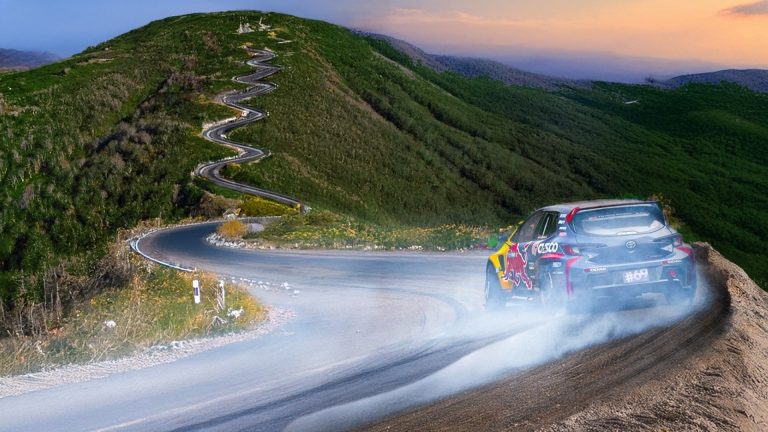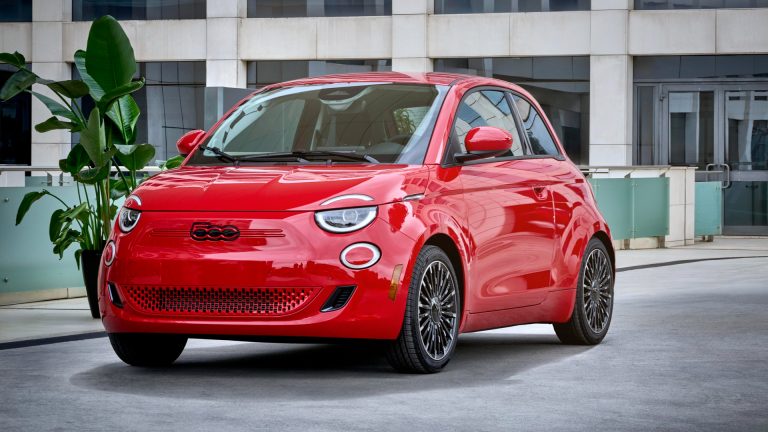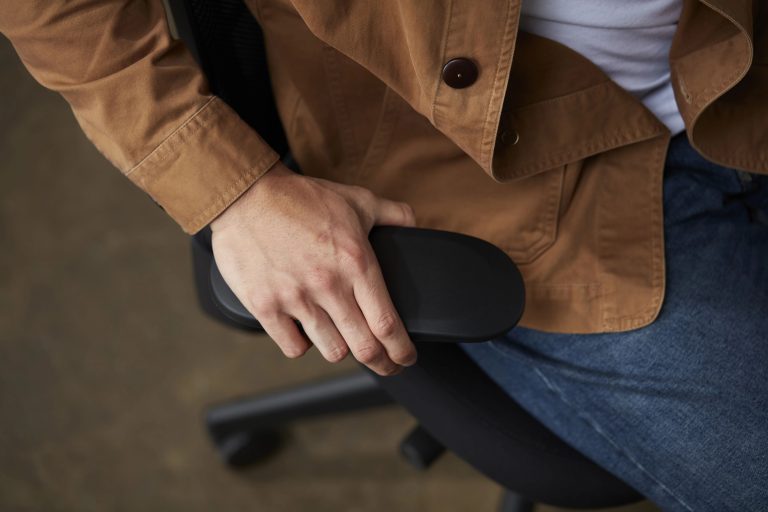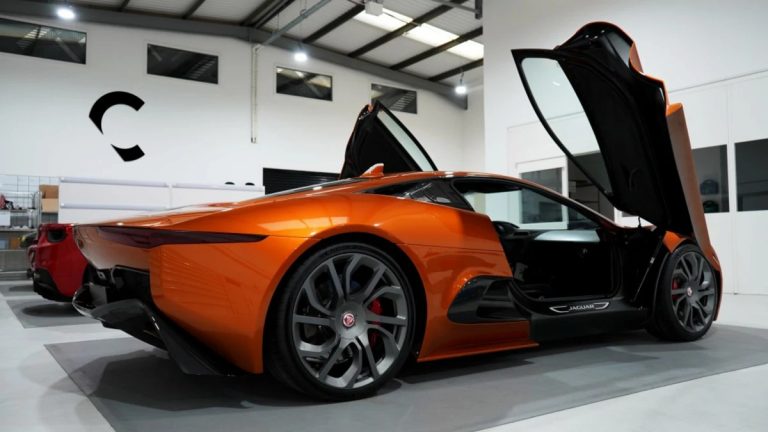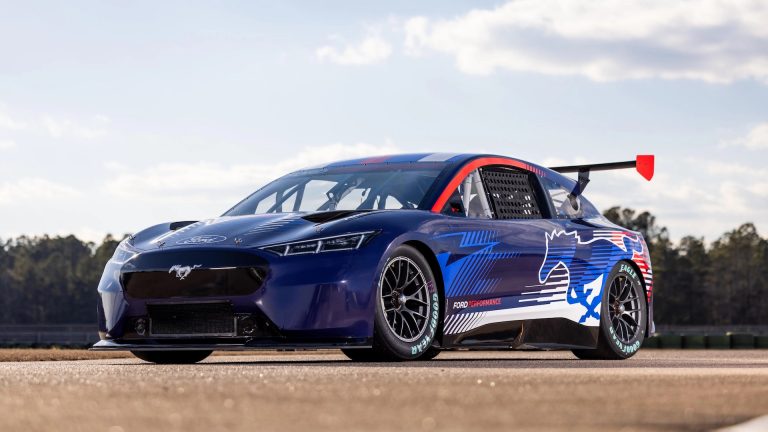Electric Lotus Elise Delayed Until Lighter Batteries Exist

Like other automakers, big and small, Lotus is on a farewell tour with the internal combustion engine. The Elise, Exige, and Evora have retired while the Emira is making its way toward the sunset. But the Emira could find itself performing an extended ICE encore if battery supplies don’t meet Lotus’ EV demands.
Not counting the small-batch Evija, the Emira is the lone sportscar in the current Lotus lineup. It’s also the only ICE-powered Lotus. The boutique British automaker has said a new electric sportscar in the spirit of Elise will arrive in 2027. That is still the schedule, but there is concern that the current crop of heavy batteries doesn’t align with the Lotus mantra of building engaging, lightweight sports cars. Without a suitable EV replacement, the ICE Emira could stick around longer than anticipated because in what timeline is the Lotus lineup nothing but EV crossovers—even if high-performance ones?
According to Autocar, Lotus Group’s Vice President of Design Ben Payne said that today’s battery technologies limit automotive design. Because of their sheer size, for example, batteries are placed along the floor, which affects the overall weight and balance of the vehicle.
“[T]he Elise is the go-to touchpoint for Lotus,” said Payne. “The technology right now does not really allow you to recreate that product in a convincing way. The archetype of the moment is the larger, higher product, because you can very simplistically package the required technical elements into that size of vehicle more easily.”
Case in point: the Eletre and Emeya. The Eletre is a “hyper SUV” that packs a 905-horsepower punch, while the Emeya is a “hyper GT” built on the same platform. Both are powerful and aerodynamically designed, but neither is a small, fun-to-drive British roadster.
An initial focus for EVs was improving range. For example, the Nissan Leaf was the first mass-produced BEV, but when it launched in 2011, it had only 73 miles of range. The current Leaf offers more than twice that mileage, at 149. But the Leaf is a basic city car, and although a higher trim offers 226 miles of range, there are now plenty of EV options surpassing the magic number of 300 miles and beyond. With range anxiety no longer a major hiccup, the next step is making batteries smaller.
As Payne mentioned, batteries are what make today’s EVs look the way they do. Increasing range requires bigger batteries. And that takes up space and adds weight, which is the complete opposite of the Elise. Most EVs feature heavyweight lithium-ion packs, but solid-state batteries are in the works. They’re lighter, quicker to charge, and safer (i.e., less flammable). Of course, there are hurdles, too. Solid-state batteries require different materials, are more difficult to recycle, and cost more to manufacture. But like every roadblock, these are temporary. It’s all a matter of time.
“For a brand like Lotus, being able to reduce everything to the minimum and then shrinkwrap the car around it is the core philosophy of [founder Colin] Chapman,” said Payne. Although the Lotus design boss didn’t mention any delays with the forthcoming EV sportscar, he did say, “These things need to dovetail in the right way [and] you need to look at the business level factors on top of that.”
Source: www.thedrive.com

